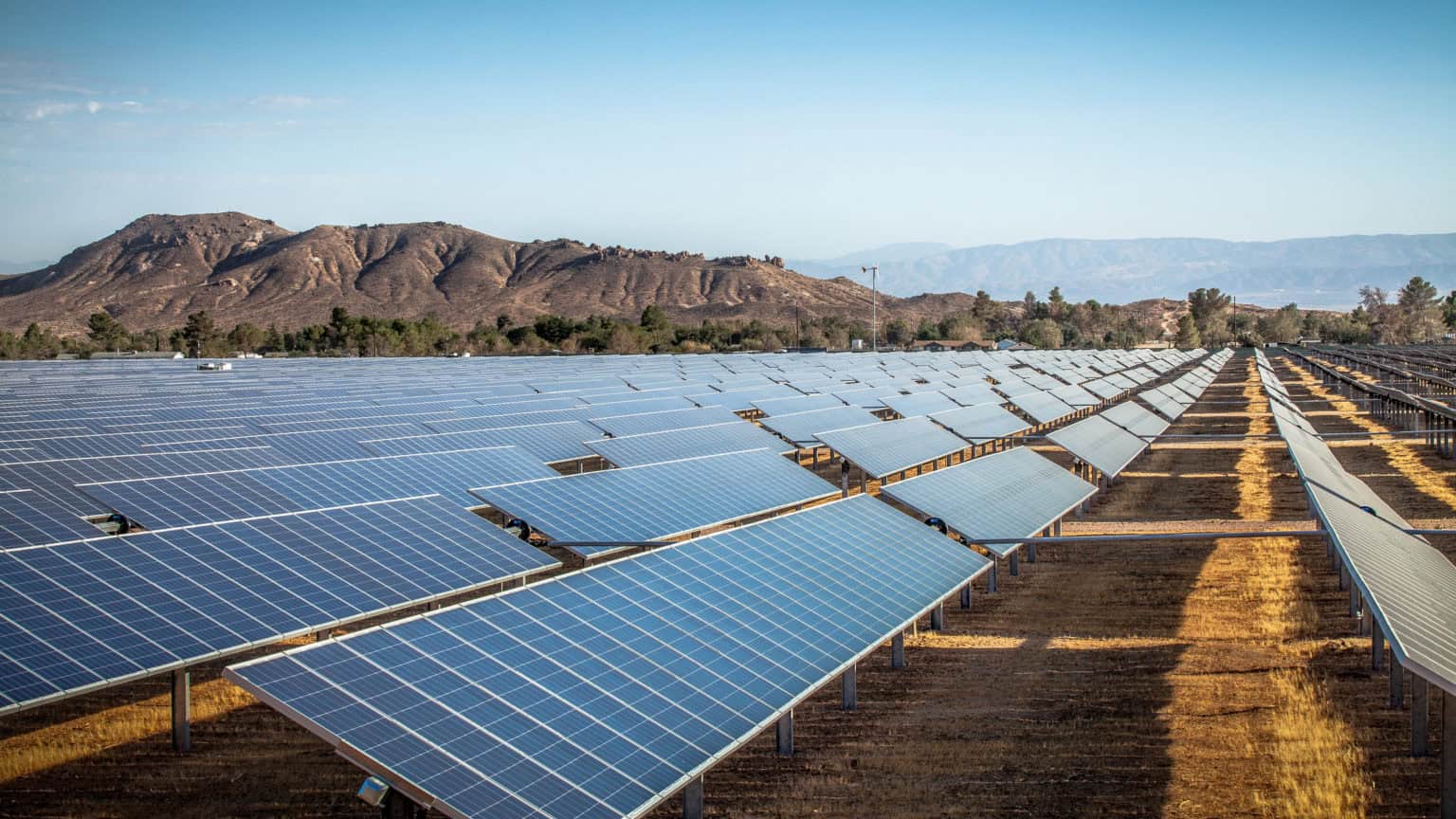The U.S. Department of the Treasury and Internal Revenue Service (IRS) released guidance that provides detailed information about the domestic content bonus under the Inflation Reduction Act.
Solar power projects that use domestic content are eligible for the full 30% tax credit can increase their tax credit by an additional 10%, to 40% in total, and 0.3 ¢/kWh for projects that use the Production Tax Credit.
The guidance allows developers to take advantage of the domestic content bonus credit for projects that begin construction this year. Additionally, the Treasury Department and the IRS intend to propose that the forthcoming proposed regulations will apply to taxable years ending after May 12, 2023.
According to the IRS, “domestic content is generally defined as steel, iron or manufactured products that are manufactured or produced in the United States”.The guidance also clarifies the treatment of labor costs, to ensure the focus of the incentive remains on domestic manufacturing.
To assist taxpayers in determining the applicable steel, iron or manufactured product standards, the Treasury Department and the IRS are providing a safe harbor for certain types of clean energy projects. The Treasury Department welcomes input on how manufactured components are classified.
“The domestic content bonus under the Inflation Reduction Act will boost American manufacturing, including in iron and steel, so America’s workers and companies continue to benefit from President Biden’s Investing in America agenda. These tax credits are key to driving investment and ensuring all Americans share in the growth of the clean energy economy,” said Janet L. Yellen, Secretary of the Treasury.
In addition to meeting the domestic manufacturing requirements, to be eligible for the bonus credit, projects must also meet one of the following requirements: 1) the project has a maximum net output of less than 1 MW of energy; 2) construction of the project began before January 29, 2023; or 3) the project satisfies the Inflation Reduction Act’s prevailing wage and apprenticeship requirements.
“Having clear rules of the road is imperative for businesses seeking to invest in America’s clean energy future, and the domestic content guidance that was just released from the Treasury Department provides helpful clarity. We are encouraged by Treasury’s solutions to meet the manufactured product test, which are consistent with recommendations from ACORE and others, and we look forward to projects moving forward under this guidance immediately,” said Gregory Wetstone, president and CEO of the American Council on Renewable Energy (ACORE).
More than $13 billion of new manufacturing investments have been announced to date, said the Solar Energy Industries Association (SEIA).
“This highly anticipated guidance from the Treasury Department is an important step forward and will spark a flood of investment in American-made clean energy equipment and components,” said Abigail Ross Hopper, president and CEO of the SEIA. “The U.S. solar and storage industry strongly supports onshoring a domestic clean energy supply chain, and today’s guidance will supplement the manufacturing renaissance that began when the historic Inflation Reduction Act (IRA) passed last summer.”
In addition to the tax credits for clean energy developers, the Inflation Reduction Act provides incentives for the build out of U.S. manufacturing, and it has effectively stimulated a number of companies to announce the intent to set up domestic manufacturing facilities.
SEIA estimates the IRA will lead to 47 GW of new module manufacturing capacity, over 16 GW of cells, more than 16 GW of ingots and wafers, nearly 9 GWac of inverters and well over 100 GWh of battery manufacturing (which serves the solar as well as the electric vehicle industry). SEIA also estimates that we can anticipate more than 20,000 tons of annual domestic polysilicon capacity coming back online and a multitude of new investments in tracker and racking capacity. And this is just the start—SEIA forecasts that we will see exponential growth in all of these sectors.

